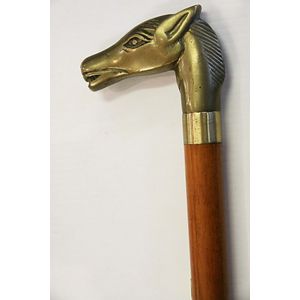Moorcroft Flambe Vase with Grape and Leaf Design
You must be a subscriber, and be logged in to view price and dealer details.
Subscribe Now to view actual auction price for this item
When you subscribe, you have the option of setting the currency in which to display prices to $Au, $US, $NZ or Stg.
- Terracotta - Terracotta is lightly fired earthenware, red or reddish-brown in colour, used in ancient times. Fired at higher temperatures terracotta was used in the nineteenth century for decorative vases and similar objects, but rarely for utilitarian goods. Other uses for terracotta include roofing tiles, garden pots and ornaments. Glazed terracotta is known as faience.
- Tubelined - In tubelined decoration, a thin line of clay is piped on to the surface of the object through a nozzle to define the design outlines, then the glazes are poured into the areas of the object that are created behind the shallow "dams" formed by the tube-lined decoration.
Tubelined decoration was extensively used by Moorcroft Pottery. It was an expensive decorating technique, owing to the many possibilities of error in manufacture. - Circa - A Latin term meaning 'about', often used in the antique trade to give an approximate date for the piece, usually considered to be five years on either side of the circa year. Thus, circa 1900 means the piece was made about 1900, probably between 1895 and 1905. The expression is sometimes abbreviated to c.1900.
- Frieze - An architectural term denoting the flat, shaped or convex horizontal surface of furniture, between the architrave and the cornice, usually found on a cabinet or bookcase, or on desks and tables where it may include drawers, the area between the top and the legs. In ceramics, the term refers to the banding, of usually a repeating pattern, on the rims of plates and vases.
This item has been included into following indexes:
Visually similar items

A Japanese porcelain dish, by Fukagawa, circa 1920. Depicting Mt Fuji, 20 cm diameter

An Asian gold bracelet, 18ct yellow gold, made as a series of round pierced panels of gold, each detailed by a central character, set within a wire worked frame, connected by small links, fitted with a concealed slide clasp and safety chain. Length 18.5 cm

Hall chair, late Victorian, English, mahogany carved foliate back, with cedar base, Combined parts

A brass horse head handled walking stick. 90 cm long.
